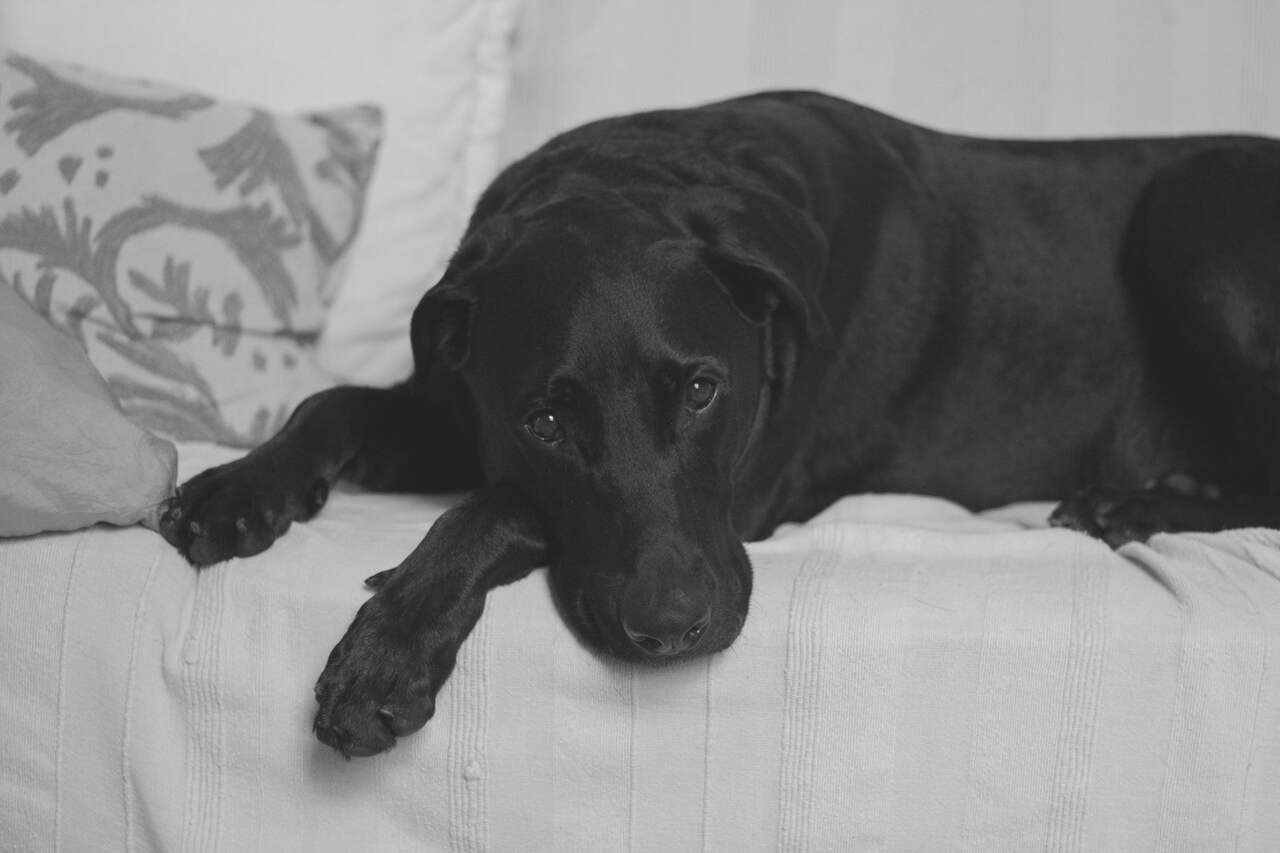
Dogs can also suffer from depression and anxiety. This was recognized by an international group of neuroscientists from Cambridge, UK, in the Cambridge Declaration on Consciousness.
According to them, humans are not the only species with the neurological foundations that generate consciousness. “In other words, non-human animals also have the capacity to have feelings. This applies to the way they experience them as well,” says Dorie Zattoni, a veterinarian from Brazilian Pet Foods.
She emphasizes that, both in dogs and in people, anxiety is simply a reaction to certain problematic situations. However, when it exceeds a certain intensity or surpasses the ability to adapt, anxiety becomes pathological. “Anxiety arises when the dog expects that something bad is about to happen,” the specialist explains.
This expectation triggers the sympathetic nervous system, which is responsible for the body’s reactions to dangerous or stressful situations, causing the animal to exhibit intense behavior.
According to Dorie, when anxiety is pathological, possible symptoms include constant alertness, hyperactivity, excessive licking, hair loss, digestive issues, howling, trembling, excessive barking, exaggerated fear, aggression, and destructive behaviors, which can increase when dogs are left alone.
Many situations can trigger canine anxiety, such as fear of being alone, loud noises like fireworks, storms, or traffic. “Any incident that exceeds their ability to adapt or is frequently repeated can cause an anxiety crisis,” she says, adding that these problems often stem from human misunderstanding of their needs.
Depression can primarily occur in cases where there is a lot of emotional dependence of the dog on its owner. However, specific circumstances can also lead to this condition, such as changes in the family’s routine, the death of someone close, the arrival of a new family member (person or pet), mistreatment, improper training, lack of bonding, and lack of stimulation (like leaving the dog alone for long periods).
Both anxiety and depression require taking the animal to the veterinarian. The specialist states that if a diagnosis is confirmed, the most recommended approach is behavioral therapy conducted by an ethologist or animal behavior specialist. “There are also medications that can help, but these should always be recommended by a professional,” she emphasizes.
This content was created with the help of AI and reviewed by the editorial team.

